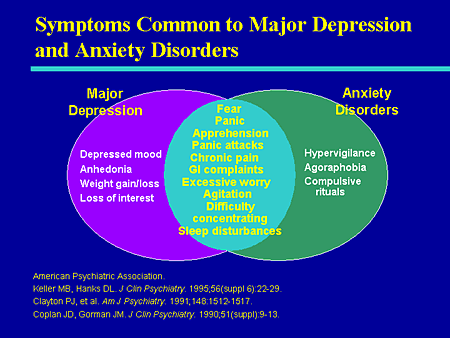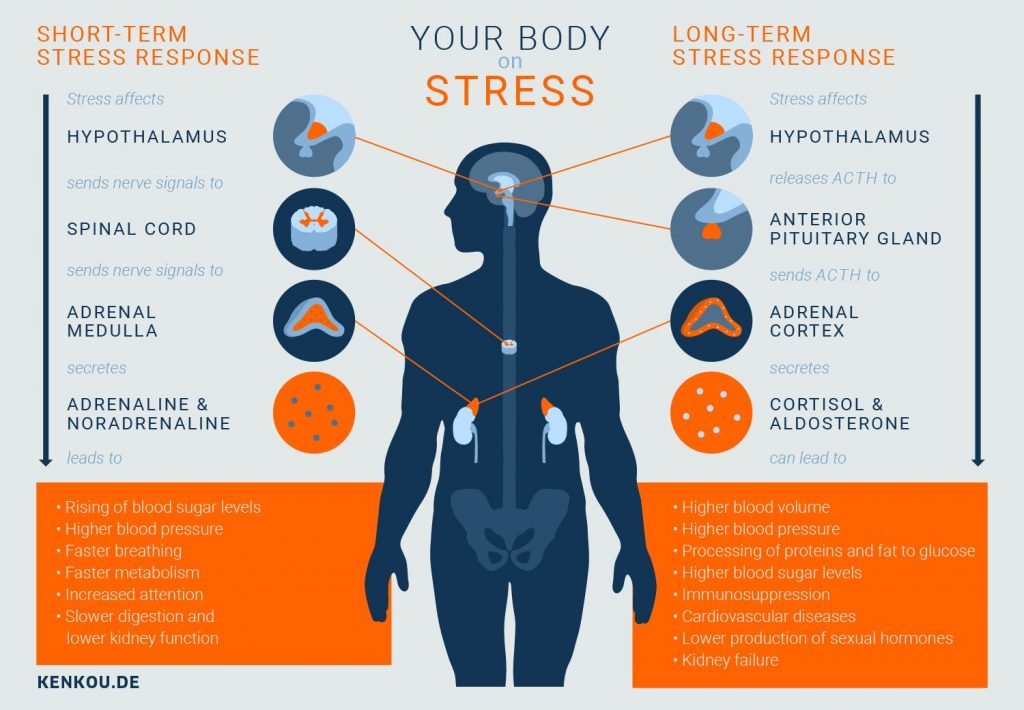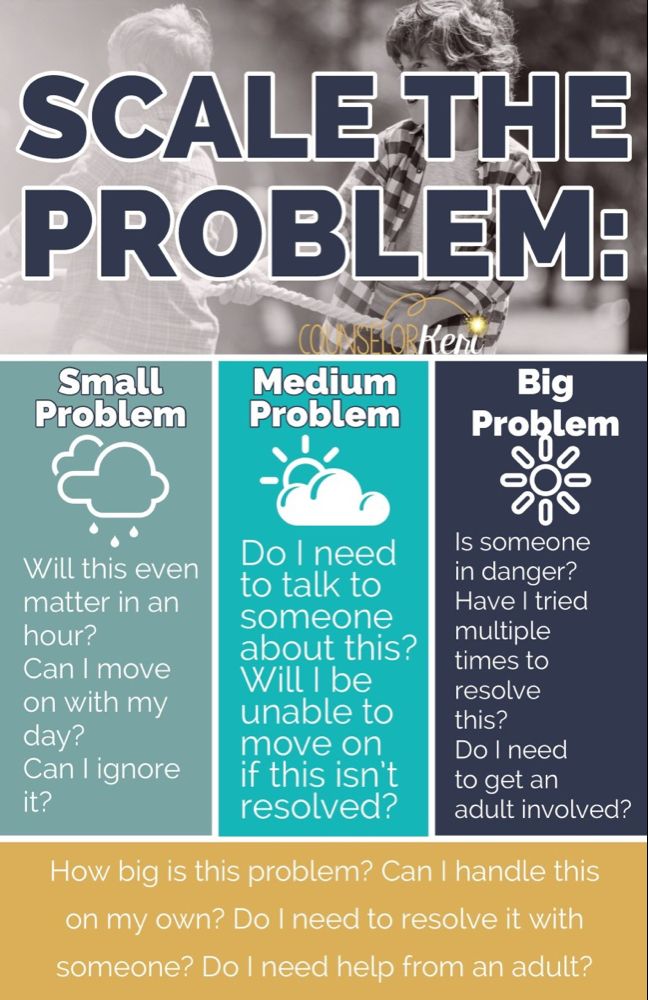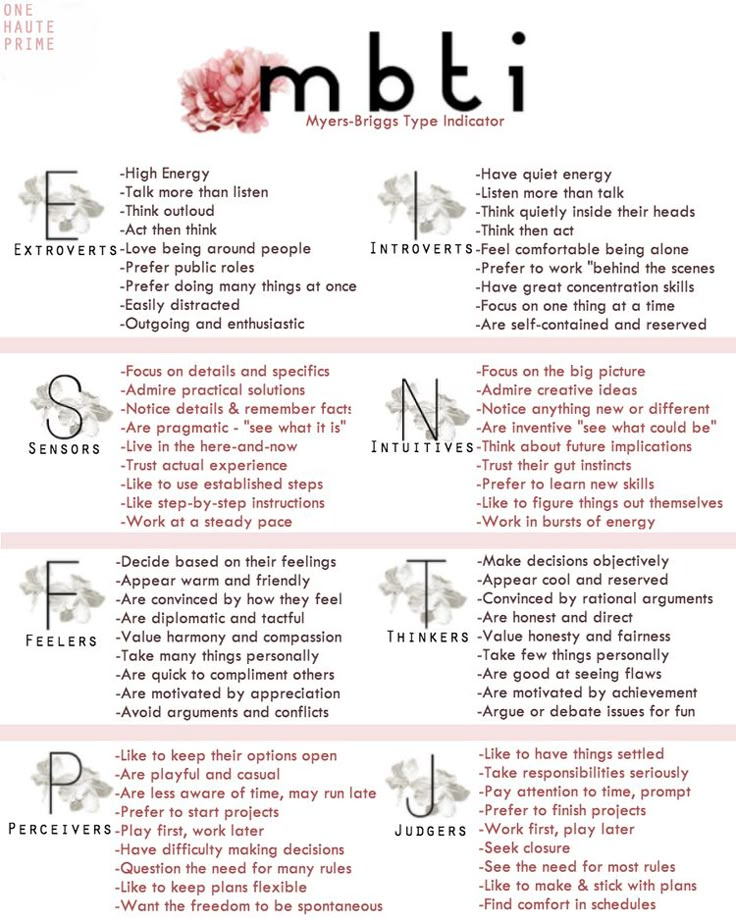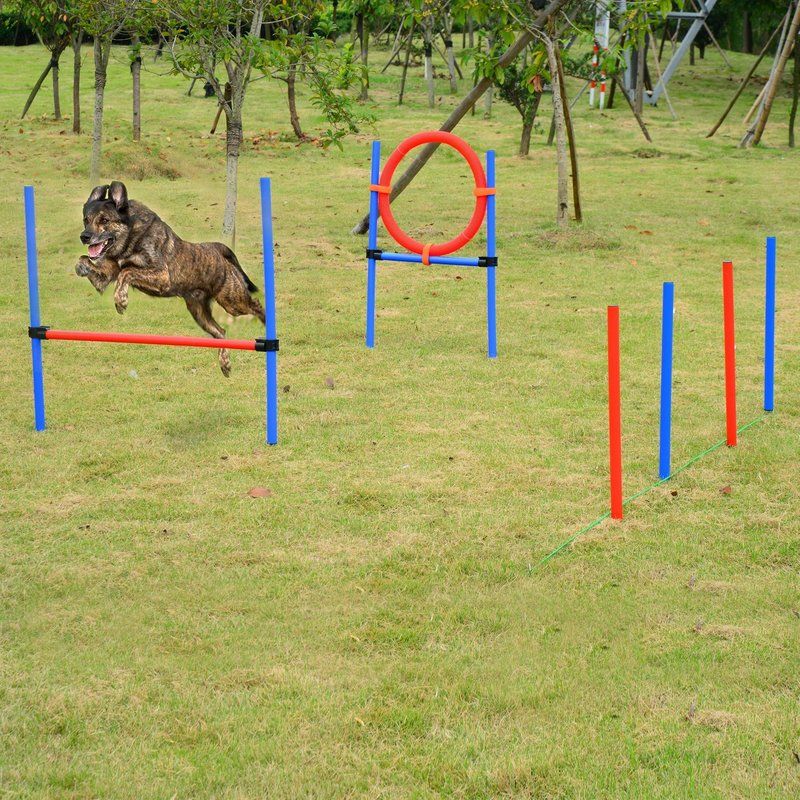Stress vs pressure
Difference Between Stress and Pressure
In this article we are going to see Stress, Pressure, difference between stress and pressure and many more. Stress and pressure are two words that are frequently interchanged. Pressure is defined as the amount of force applied per unit area. Stress, on the other hand, is the amount of force exerted per unit area that a material experiences. The distinction between stress and pressure might assist us in better comprehending the fundamentals and understanding their parallels.
What is the definition of stress?
The object deforms when the deforming force is given to it.
An opposing force will be generated inside the item in order to restore the thing to its previous shape and size. This restoring force will have the same magnitude as the applied deforming force but will be in the opposite direction. Stress is the measurement of the restoring force created per unit area of the material.
As a result, stress is defined as "the material's restoring force per unit area." It's a tensor quantity.
The Greek letter is used to represent it. Pascal or N/m2 are the units of measurement. – is a mathematical expression. σ=F/A Where, The restoring force is expressed in Newtons or N. A is the cross-sectional area in metres squared. σ is the stress, expressed in N/m2 or Pa.
Also read -
- NCERT Solutions for Class 11 Physics
- NCERT Solutions for Class 12 Physics
- NCERT Solutions for All Subjects
Types of Stress
In physics, there are various types of stress, however they are primarily divided into two types: normal stress and tangential or shearing stress. The next sections go over some of the different types of stress.
Normal Stress:
Normal stress is the one in which the direction of the applied force is normal to the cross-sectional area of the body, stress is said to be normal stress. The stress will be normal as the length of the wire or the volume of the body changes. Normal stress is further divided into two types based on the force dimension. Longitudinal stress Bulk stress, also known as volumetric stress
The stress will be normal as the length of the wire or the volume of the body changes. Normal stress is further divided into two types based on the force dimension. Longitudinal stress Bulk stress, also known as volumetric stress
Longitudinal Stress:
Consider the shape of a cylinder.
When two cross-sectional sections of the cylinder are exposed to equal and opposite forces, it undergoes stress. The stress is called a longitudinal stress.
Deforming Force / Area of Cross-section = F/A = Longitudinal Stress
The Longitudinal Stress stretches or compresses the thing along its whole length.
As a result, based on the direction of deforming force, it can be further categorised into two types:
Tensile stress
Compressive stress
Tensile Stress
Tensile stress is defined as a stress that occurs when a deforming force or applied force causes an increase in the length of an object.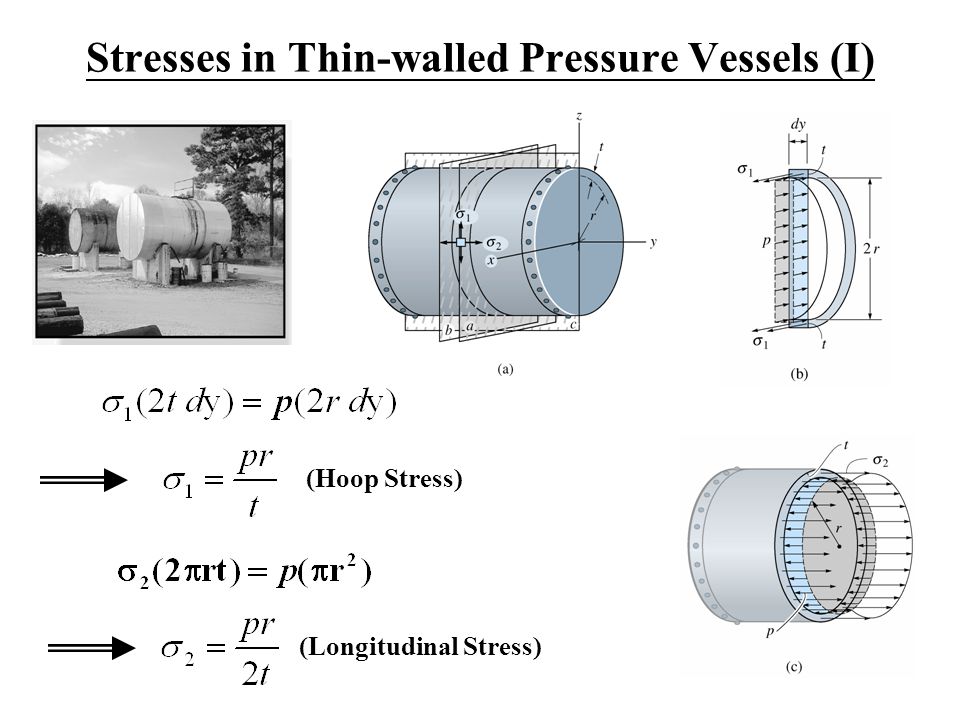
For example, a rod or wire can be stretched by drawing it at both ends with equal and opposite forces (outwards).
Compressive Stress
When a deforming force or applied force causes an object's length to shrink, the resulting tension is known as compressive stress.
When a rod or wire is compressed/squeezed by pulling it inwards with equal and opposite forces at both ends, for example.
Bulk Stress or Volume Stress
When a deforming force or applied force acts on an object in all dimensions, causing a change in volume, this is referred to as volumetric stress or bulk stress.
Volume stress occurs when the volume of a body changes as a result of a deforming force.
Shearing Stress or Tangential Stress
When the applied force is parallel to the cross-sectional area of the object then the stress is called shearing stress or tangential stress.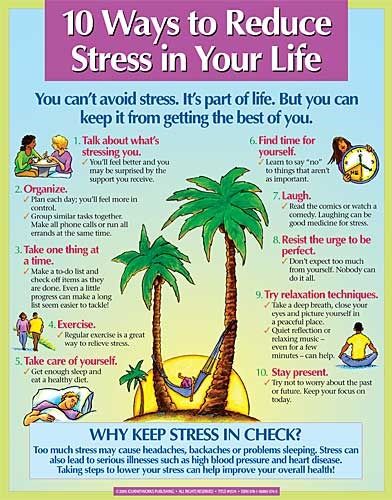 The body's shape changes as a result of this.
The body's shape changes as a result of this.
What is the Definition of Pressure?
Because the pressure is thrust per unit area, it is proportional to thrust directly and inversely to area.
Pounds per square inch, Newtons per square metre, and Pascals are the units of pressure.
Other units for expressing pressure include atmosphere, bar, torr, and metres sea water.
The SI unit of pressure is the Pascal, which is a derived unit.
The equation that is used to express pressure is as follows:
P=F/A
Where,
P stands for pressure.
The force acting per unit area is denoted by F.
The unit area is A.
The fascinating aspect of pressure is that it is a scalar quantity, meaning that it has simply magnitude and no direction.
The value of pressure can be either positive or negative.
The following are some types of pressure that you may encounter on a daily basis:
The vacuum cleaner's operation is an illustration of pressure.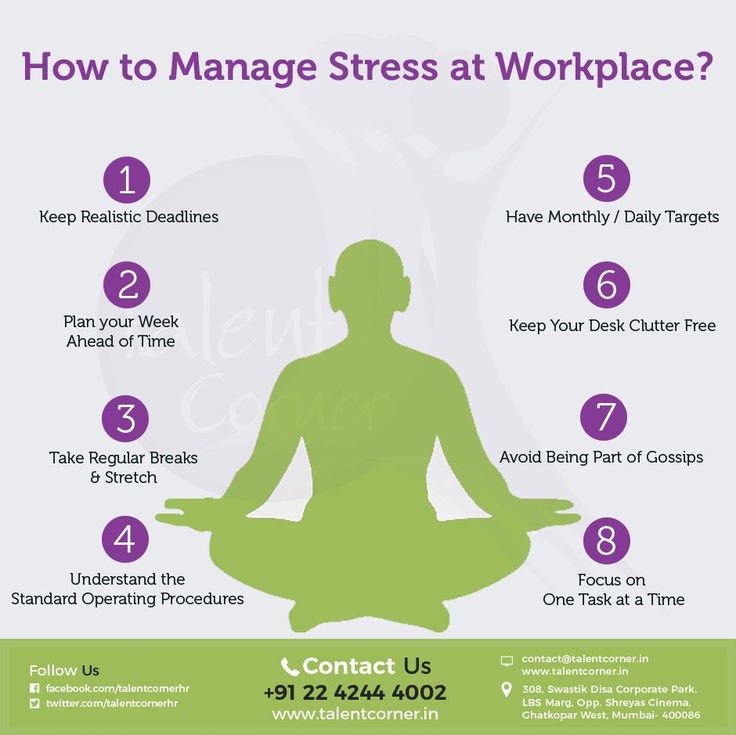
The vacuum's fan generates a low-pressure zone inside the vacuum, making it simple to suck dust particles in.
Another example of pressure is cutting with a knife.
Although the knife's exposed surface is minimal, the pressure is sufficient to cut the veggies and fruits.
NCERT Physics Notes :
- NCERT Notes class 11 physics
- NCERT Notes class 12 physics
- NCERT Notes for all subject
Different Types Of Pressure
Pressure classified as follows:-
- Absolute Pressure
- Gauge Pressure
- Differential Pressure
- Vacuum pressure or sealed pressure
Absolute Pressure
It's a sort of pressure that uses a vacuum or an airless environment as a reference point. Because atmospheric pressure differences alter as the location changes, this sort of pressure varies as well.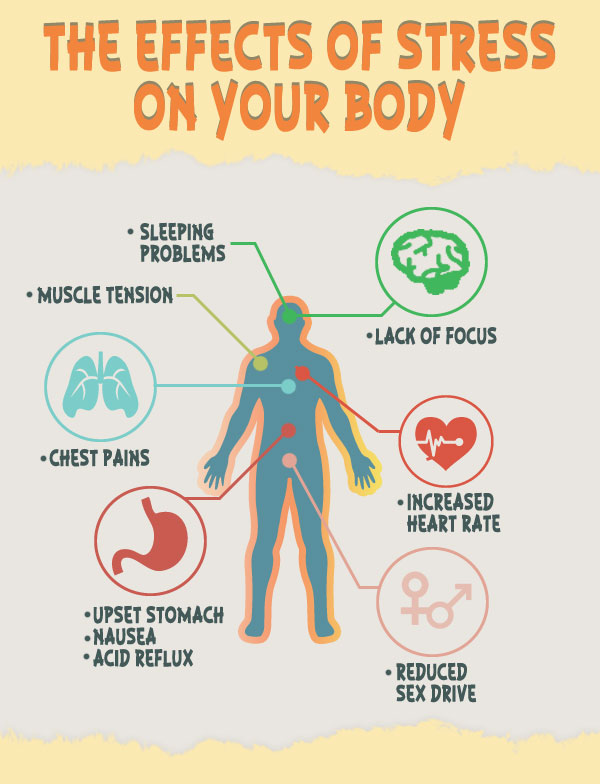 It eliminates the reference to variable ambient pressure and depends on a defined pressure range for reference by employing a device like an absolute pressure sensor.
It eliminates the reference to variable ambient pressure and depends on a defined pressure range for reference by employing a device like an absolute pressure sensor.
Gauge Pressure
The difference between absolute and atmospheric pressure is known as gauge pressure. Relative pressure is another name for gauge pressure. At sea level, the observed pressure is compared to the standard atmospheric pressure. The vent on pressure sensors used to measure gauge pressure allows the instrument to use ambient pressure as a reference point. Both positive and negative values can be assessed. Overpressure is the term for positive values. Underpressure or partial vacuum occurs when the gauge pressure measurement is negative.
Differential Pressure
Differential pressure is the difference between two pressures and is a sort of gauge pressure. It aids in determining the pressure difference between two places. Flow and level measurement applications use differential pressure. The suffix "d" is used to represent differential pressure.
Flow and level measurement applications use differential pressure. The suffix "d" is used to represent differential pressure.
Sealed Pressure
The vacuum is defined as a space with no absolute pressure. Perfect vacuum is difficult to obtain in practise and only exists as a theoretical value. A vacuum is generated when the pressure is lower than the atmospheric pressure. In practise, the vacuum will only be attained partially, which is referred to as partial vacuum.
A high vacuum indicates a very low absolute pressure. The pressure is measured in a sealed chamber that is kept at atmospheric pressure. The sealed sensor is used to measure the sealed pressure and is made out of an airtight sensing element that prevents further pressure changes owing to changes in ambient conditions. Pressure transducers are protected from damage by sealed pressure. Now lets talk about stress vs pressure in which we are going to see the stress and pressure difference
Also read :
- NCERT notes Class 11 Physics Chapter 9 Mechanical Properties of Solids
- NCERT solutions for Class 11 Physics Chapter 9 Mechanical Properties of Solids
- NCERT Exemplar Class 11 Physics Solutions Chapter 9 Mechanical Properties of Solids
Difference between stress and pressure
Stress | Pressure |
Stress is defined as the internal resistive force to deformation per unit area. | Pressure is defined as the amount of force applied per unit area. |
(strain) / (Young's modulus) can be used to represent stress. | Pressure can be expressed mathematically as (force) / (area) |
Stress is a material characteristic. | Pressure is a distinctive feature of thermodynamics or physics. |
Stress can be viewed as either a beneficial or negative force. | The force of pressure is always a positive force. |
There is no stress measurement instrument (not a measurable quantity). Strain or elongation are used to calculate stress. | Pressure gauges, manometers, and other pressure measuring equipment or instruments are used to physically measure (measure) the pressure. |
Tensile, compressive, and shear stress are all possible. | Compressive pressure is constantly present. |
The level of tension at a different place in a different direction varies. | The magnitude of pressure at a location remains constant in all directions. |
The stress fluctuates as the surface area changes. | The pressure is unaffected by the size of the contact surface. It remains constant and does not change while the surface area changes. |
Internal stress develops. | External pressure is exerted |
Also check-
- NCERT Exemplar Class 11th Physics Solutions
- NCERT Exemplar Class 12th Physics Solutions
- NCERT Exemplar Solutions for All Subjects
newtonian mechanics - What is the difference between stress and pressure?
Asked
Modified 9 months ago
Viewed 142k times
$\begingroup$
What is the difference between stress and pressure? Are there any intuitive examples that explain the difference between the two? How about an example of when pressure and stress are not equal?
- newtonian-mechanics
- pressure
- definition
- stress-strain
$\endgroup$
3
$\begingroup$
Pressure is defined as force per unit area applied to an object in a direction perpendicular to the surface. And naturally pressure can cause stress inside an object. Whereas stress is the property of the body under load and is related to the internal forces. It is defined as a reaction produced by the molecules of the body under some action which may produce some deformation. The intensity of these additional forces produced per unit area is known as stress (pretty picture from wikipedia):
And naturally pressure can cause stress inside an object. Whereas stress is the property of the body under load and is related to the internal forces. It is defined as a reaction produced by the molecules of the body under some action which may produce some deformation. The intensity of these additional forces produced per unit area is known as stress (pretty picture from wikipedia):
EDIT PER COMMENTS
Overburden Pressure or lithostatic pressure is a case where the gravity force of the object's own mass creates pressure and results in stress on the soil or rock column. This stress increases as the mass (or depth) increases. This type of stress is uniform because the gravity force is uniform.
http://commons.wvc.edu/rdawes/G101OCL/Basics/earthquakes.html
Included in lithostatic pressure are the weight of the atmosphere and, if beneath an ocean or lake, the weight of the column of water above that point in the earth. However, compared to the pressure caused by the weight of rocks above, the amount of pressure due to the weight of water and air above a rock is negligible, except at the earth's surface.
The only way for lithostatic pressure on a rock to change is for the rock's depth within the earth to change.
Since this is a uniform force applied throughout the substance due to mostly to the substance itself, the terms pressure and stress are somewhat interchangeable because pressure can be viewed as both an external and internal force.
For a case where they are not equal, just look that the image of the ruler. If pressure is applied at the far end (top of image) it creates unequal stress inside the ruler, especially where the internal stress is high at the corners.
$\endgroup$
3
$\begingroup$
Given a stress tensor $\mathbf{\sigma}$, which has 9 components in general, the pressure (in continuum mechanics at least) is defined as $P = 1/3 tr(\mathbf{\sigma})$.
So the pressure at a point in the continuum is the average of the three normal stresses at the point. The off-diagonal terms manifest as shear stress.
It's hard to say "stress" without being more specific in your question because stress is not a scalar. Pressure is always different from stress, but the two are related.
$\endgroup$
1
$\begingroup$
The difference between stress and pressure has to do with the difference between isotropic and anisotropic force. There's a Wikipedia section on the decomposition of the Cauchy stress $\boldsymbol{\sigma}$ into "hydrostatic" and "deviatoric" components, $$\boldsymbol{\sigma}=\mathbf{s}+p\mathbf{I}$$ where the pressure $p$ is $$p=\frac{1}{3}\text{tr}(\boldsymbol{\sigma})$$ where $\mathbf{I}$ is the $3\times 3$ identity matrix, and where $\mathbf{s}$ is the traceless component of $\boldsymbol{\sigma}$.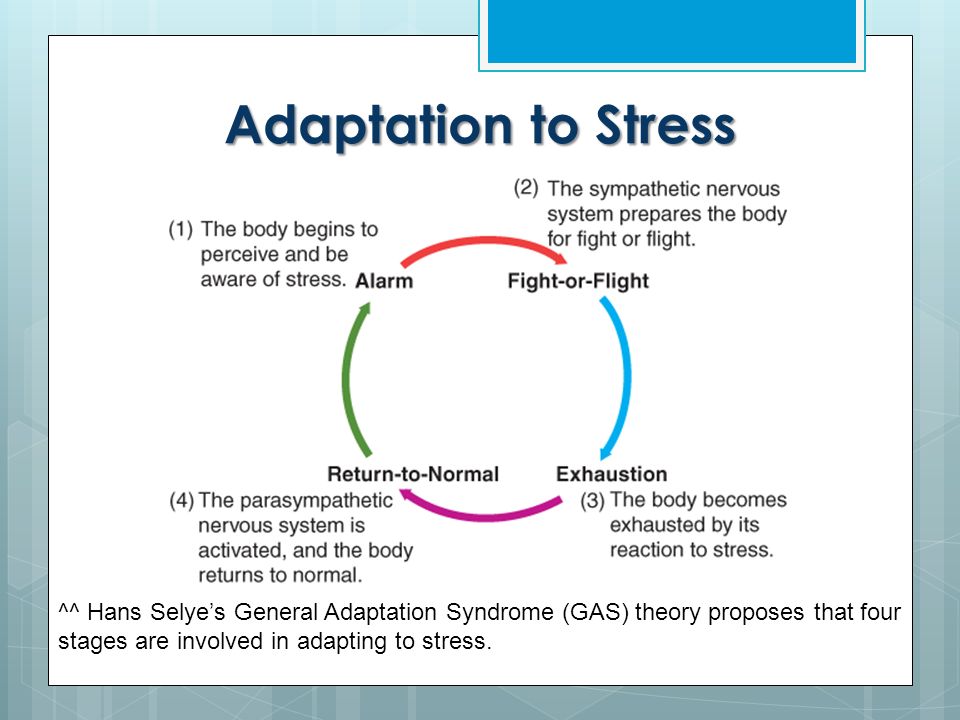 {(\mathbf{n})}=\mathbf{n}\cdot p\mathbf{I}=p\mathbf{n}$$ which points in the same direction as the normal to the plane. This basically means that a cube of material will want to expand like a ballon if $p>0$, and contract if $p<0$.
{(\mathbf{n})}=\mathbf{n}\cdot p\mathbf{I}=p\mathbf{n}$$ which points in the same direction as the normal to the plane. This basically means that a cube of material will want to expand like a ballon if $p>0$, and contract if $p<0$.
Meanwhile, the deviatoric component means that there are forces at play which don't just tend to expand or contract things, such as shear forces.
How about an example of when pressure and stress are not equal?
In a solid, pure shear waves can exist. Unlike in acoustic pressure waves, shear waves have constant pressure; the forces that propagate the wave are not due to pressure, but are due to shear strain.
$\endgroup$
4
$\begingroup$
Pressure is perpendicular to the object, it is an external force only. Pressure causes stress inside of the object, so stress is an internal force.
$\endgroup$
1
$\begingroup$
Pressure is an external force, when applied on another body, the effect is easily seen on the outer part of body and it first affected the outer area of the body. In the case of stress, the molecular deformation is developed internal of the body and stress is generated slowly slowly in the internal part of any object due to load. And simply pressure affected the outer area of the body and stress affected the body internally.Stress is observed due to the load applied,whereas pressure is a sort of load on a body.
$\endgroup$
$\begingroup$
The pore pressure of a fluid in an underground reservoir is not normally related to the overburden or lithostatic pressure.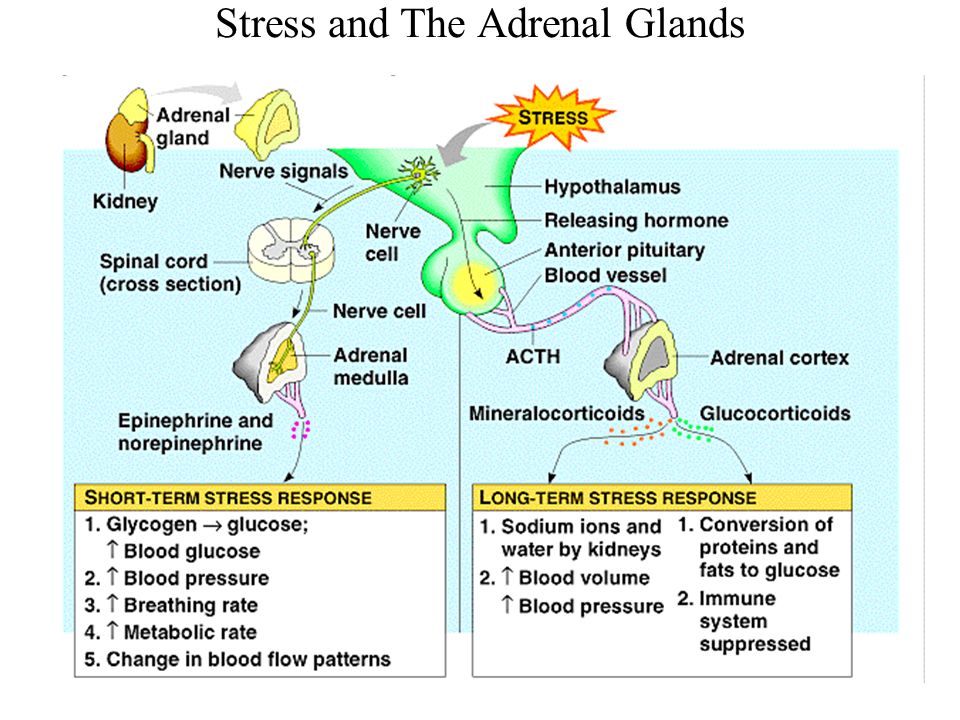 There are exceptions, known as overpressured reservoirs. Typically the pore pressure at depth is equivalent to the pressure caused by a column of salt water. The vertical stress in the rock is typically a function of the column of rock to the surface. The two principle horizontal stresses are normally unequal and lower than the vertical stress. Rocks behave in a plastic fashion and the difference in horizontal stresses are, inter alliance, caused by plate tectonics.
There are exceptions, known as overpressured reservoirs. Typically the pore pressure at depth is equivalent to the pressure caused by a column of salt water. The vertical stress in the rock is typically a function of the column of rock to the surface. The two principle horizontal stresses are normally unequal and lower than the vertical stress. Rocks behave in a plastic fashion and the difference in horizontal stresses are, inter alliance, caused by plate tectonics.
$\endgroup$
$\begingroup$
One can get stressed by pressure. Either pulling at you or pushing at you. Pressure comes before the stress and can be seen as a reaction to pressure. Though they have the same unit, there is a temporal asymmetry. Pressure comes prior to stress.
$\endgroup$
$\begingroup$
whenever external force is applied on the object automatically a restoring force is developed inside the object to restrict the deformation of the object.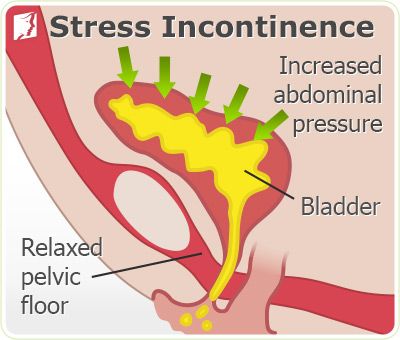 The ratio of restoring force perpendicular to the surface to the area is known as stress.The ratio of external force perpendicular to the surface to the area is known as pressure.
The ratio of restoring force perpendicular to the surface to the area is known as stress.The ratio of external force perpendicular to the surface to the area is known as pressure.
for example if you press a ball u r applying pressure and what the ball apply to u you is stress and if both r not equal than one dominates over other pressure is an external force and stress is an internal force
$\endgroup$
2
Stress and arterial hypertension
Stress is the eternal companion of our life. It arises as a result of excessive nervous and mental stress, despondency, lack of positive prospects or a state of uncertainty. Stress is multifaceted in its manifestations. It plays an important role in the occurrence of not only disorders of human mental activity, but also a number of diseases.
Indeed, mental stress causes an increase in the release of hormones that increase vascular tone, increase cardiac output, accelerate heart contractions and, as a result, lead to an increase in blood pressure.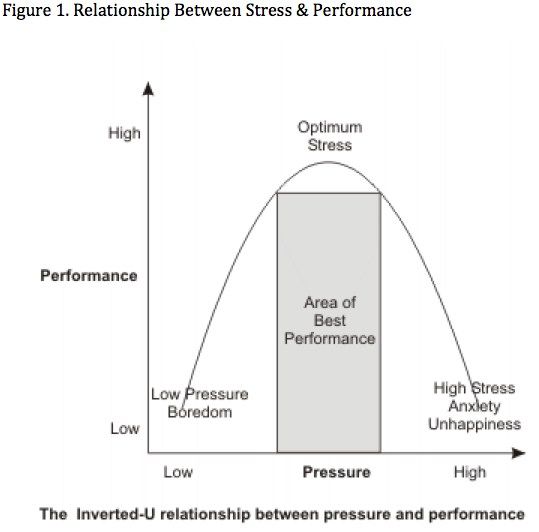
Stress is a factor provoking the development of arterial hypertension.
How can you tell if stress is having a negative effect on you? There are many signs, and they are all different in their manifestations.
All alarms can be divided into four categories:
Physical - dizziness, clenched jaws, headaches, indigestion, tense muscles, impaired sleep, palpitations, tinnitus, slouching posture, sweating of the palms, fatigue, exhaustion, trembling, weight gain or loss.
Psychological - worries and fears, difficulty in making decisions, forgetfulness, pessimism, devastation.
Emotional - a manifestation of anger, aggression, tearfulness, a feeling of powerlessness, frequent mood changes, irritability, a feeling of loneliness, negative thinking, nervousness, longing.
Behavioral - alcohol, drugs, overeating, changing jobs and even places of residence, if this is possible.
Stress management is a useful skill that every modern person needs. It is very important to learn how to cope with stress yourself and protect yourself from its consequences, including such as arterial hypertension.
It is very important to learn how to cope with stress yourself and protect yourself from its consequences, including such as arterial hypertension.
How to overcome stress:
- Use your time wisely (decide on the main tasks, and then assign a time for each of them and fix them, for example, in your notebook. After that, you can plan the rest of the tasks and assign time for them in between the main tasks).
- Avoid negative assumptions (eg “everything always goes wrong with me”, “I can’t do this”, etc.) and tune in to a positive outcome (eg “I can do this”, “I can do it” etc.).
- Analyze the causes of your anxiety. After you understand what the true cause is, think about how to minimize or completely eliminate the existing irritant.
- Avoid bad habits, they only exacerbate the presence of problems.
- Take rest breaks. Breaks should be taken not only during work, but also on weekends. In particular, make sure you get good sleep.
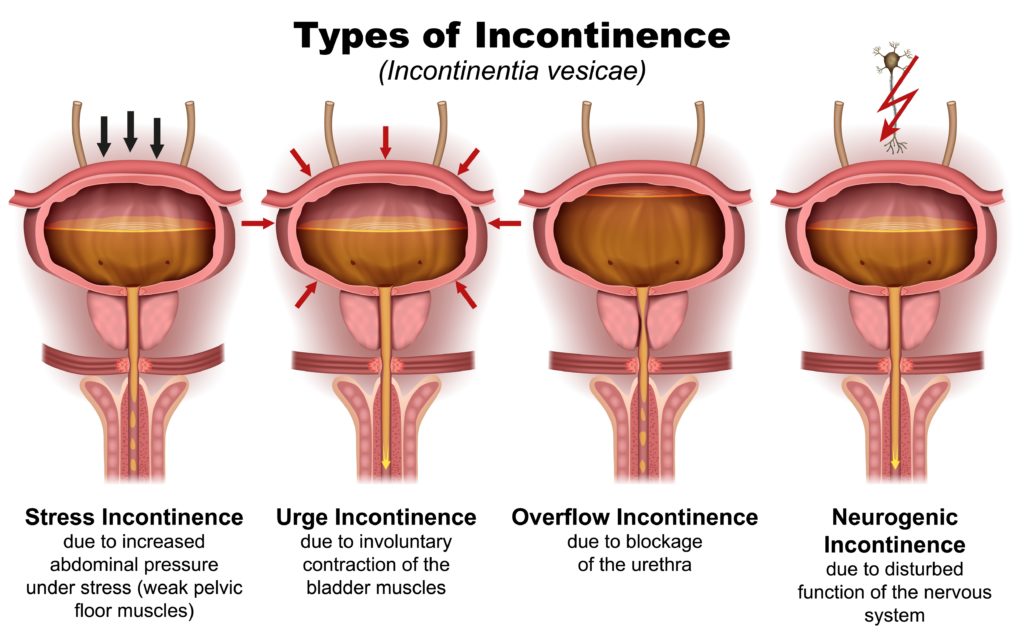
- Maintain positive relationships with other people.
- Go in for sports. At the preparation stage, you should undergo a medical examination, which will allow you to answer the following questions: What kind of sport is optimal for you? What is the maximum allowable load? Physical activity should be dosed. Sports should be done 3-4 times a week. The recommended duration of one workout is 30-60 minutes. The load should be increased gradually.
- Take proportionate responsibility. Don't take on things you can't handle.
- Set realistic goals in life.
How to learn to relax.
Muscle relaxation. Switch your thoughts to yourself and your breathing. Take a few deep breaths, exhaling slowly. Mentally "walk" through your body. Pay attention to areas of stress. Relax your muscles. Slowly turn your head to the sides one or two times. Roll your shoulders back and forth. Then breathe deeply again. You should feel relaxed.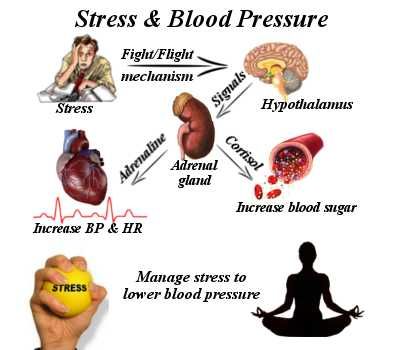
Psychological relaxation. This is also a very important moment of relaxation. Learn to imagine yourself in pleasant places: whether it is a quiet forest, a calm sea or mountains. This allows you to relax.
Relaxing music. Find quiet calm instrumental music in the store or on the Internet. Currently, there is such music on the market, specially created for this purpose.
Pressure and stress / bwell-swiss.ru
- What is stress?
- Pressure increase in response to stress as an adaptation
- Increased blood pressure due to chronic stress or adaptation failure
- How to correctly assess the level of your pressure during stress?
What is stress?
According to the classical definition, stress in medicine is usually called a non-specific reaction of the body that occurs as a response to the action of various physical factors and strong emotions (stressors) that threaten to disrupt the stable state of the body, and leading to characteristic changes in the nervous and endocrine systems.
It is widely believed that stress is always bad for a person. But in fact, stress performs the most important protective and adaptive function, launches processes that allow you to survive a stressful situation with the least losses, to emerge victorious from it. The only real danger is repetitive, chronic stress [1].
This difference is clearly visible if we consider the effect of stress on blood pressure as an example.
Increasing pressure in response to stress as an adaptation
Consider the classic situation where a person needs to publicly present and then discuss a project with colleagues.
The feeling of excitement and emotional tension grows, the body reacts to this by releasing many hormones. Adrenaline, norepinephrine and cortisol lead to an increase in heart rate, increased pressure, increased blood flow, and an increase in blood glucose levels. Such changes lead to an improvement in the blood supply to the brain, it absorbs an increased amount of glucose and oxygen from the blood, increases concentration, concentration, increases the speed of reaction, which means that a person becomes maximally collected and ready to answer any question [2]. At the same time, in a healthy person, the pressure will be within acceptable limits, not higher than 140/90.
At the same time, in a healthy person, the pressure will be within acceptable limits, not higher than 140/90.
After some time, the discussion of the project ends, the stress factor disappears and the body returns to its original state. In a few hours, the heart rate decreases, blood pressure normalizes [3]. Thus, with the help of stress, the body successfully adapted to the situation, and then returned to a stable state (homeostasis).
Such a short-term increase in pressure can be harmful only if a person suffers from hypertension or other chronic diseases.
Increased blood pressure due to chronic stress or failure of adaptation
Suppose that the same person has a "black" streak in his life. First, the child messed up at school, and had to go to the director, then an icicle fell on the car and broke through the roof, and then the neighbors also flooded the apartment. Because of this, the next day he was late for work, having received a scolding from his superiors.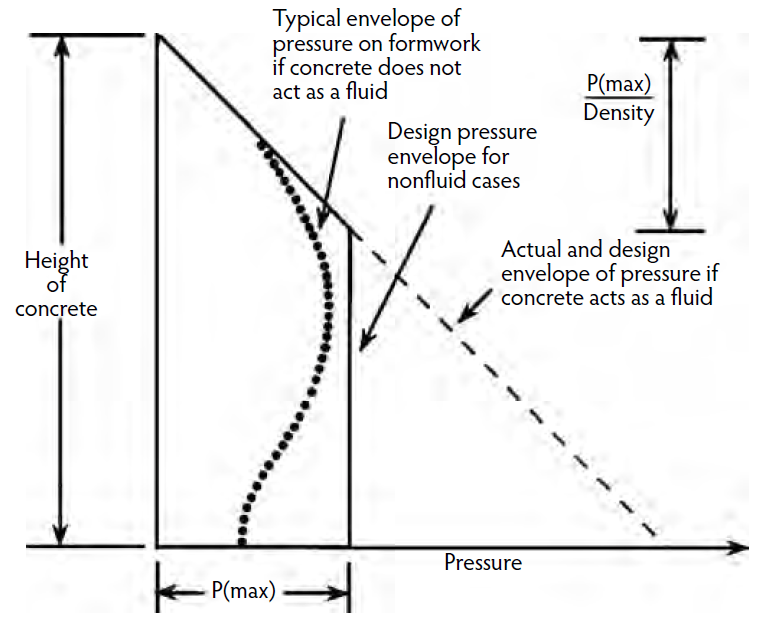 A day later, his previously approved project was curtailed due to lack of funding, and he was transferred to remote work due to the pandemic, depriving him of the opportunity to see his beloved colleagues live.
A day later, his previously approved project was curtailed due to lack of funding, and he was transferred to remote work due to the pandemic, depriving him of the opportunity to see his beloved colleagues live.
Such a series of stressful effects did not allow the body to fully recover, which led to a chronic increase in the level of cortisol, corticosterone and mineralocorticoid hormones in the blood, and these hormones, in turn, contributed to maintaining high blood pressure for a long time [5, 7]. As a result, there was a breakdown in adaptation, the body began to consider constantly elevated pressure as the norm, and baroceptors responsible for regulating pressure and various body systems responsible for homeostasis adapted to this level [4]. A step was taken towards the development of hypertension.
It is these people who often turn to therapists with complaints such as “jumping pressure from nerves” or “constant headache at work”. After all, any additional stress factor will cause a further increase in the already elevated level of blood pressure, leading to the development of unpleasant symptoms and the risk of a hypertensive crisis [9].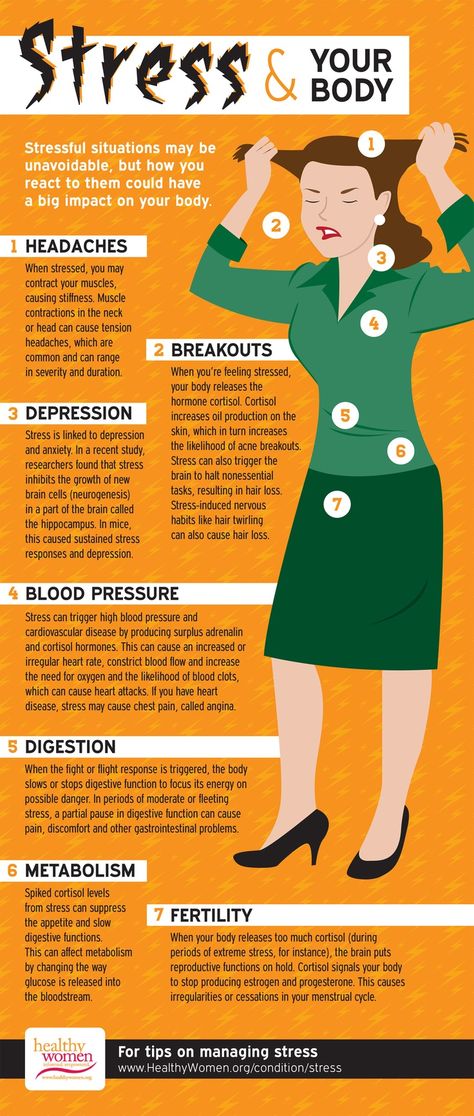
How to correctly assess the level of your pressure during stress?
It is best to measure pressure with an accurate automatic blood pressure monitor in a sitting position, after resting for 10-15 minutes.
During a stressful event and 2-4 hours after it, elevated blood pressure may be recorded [9]. However, if a person does not experience severe discomfort, and the numbers do not exceed 140-150 units of systolic (“upper”) pressure and 100 units of diastolic (“lower”) pressure, then this condition can be attributed to the normal variant during adaptation to stress.
If the pressure remains high for more than 6 hours, symptoms such as headache, dizziness, tinnitus, blurred vision, nausea are observed, it makes sense to call an ambulance or see a doctor. Also, the reason for going to the doctor can be constantly high blood pressure for several days or the appearance of similar symptoms during any emotional experiences [8].
The best way to control your condition is with the help of an observation diary, briefly describing what exactly led to the increase in pressure, to what level it rose and what were the symptoms.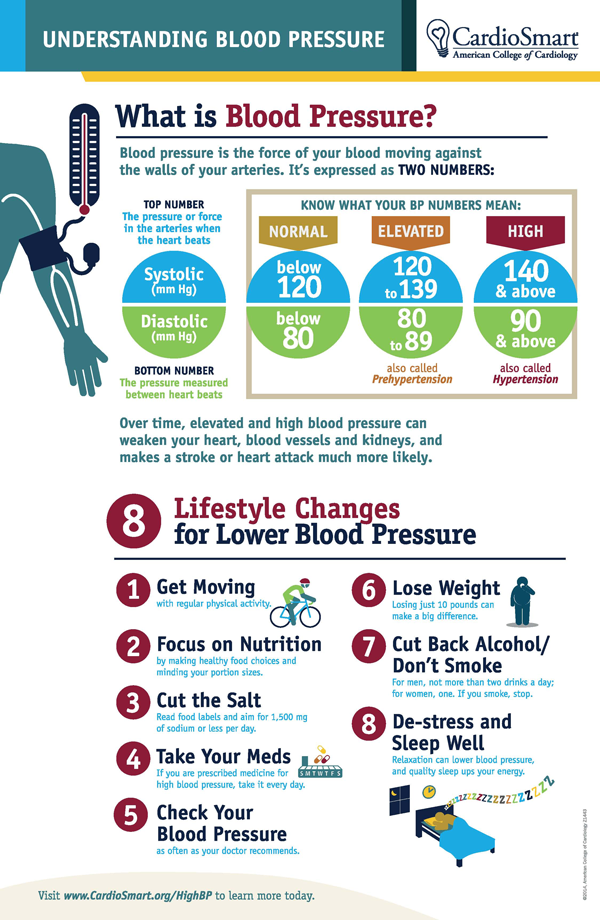 Such a diary will greatly help the specialist to choose and prescribe the right treatment. It is most convenient to keep such a diary when the tonometer has a memory function and remembers the results of the last measurements.
Such a diary will greatly help the specialist to choose and prescribe the right treatment. It is most convenient to keep such a diary when the tonometer has a memory function and remembers the results of the last measurements.
1. Bobkov A.I., Reshetnyak D.V., Nikushkin E.V. On compensated and decompensated hormonal and biochemical disorders in clinical stress. Klin. lab. diag. – 2009. No. 9, pp. 42–43
2. Buijs, R. M., & Van Eden, C. G. (2000). The integration of stress by the hypothalamus, amygdala and prefrontal cortex: balance between the autonomic nervous system and the neuroendocrine system. Cognition, Emotion and
3. Autonomic Responses: The Integrative Role of the Prefrontal Cortex and Limbic Structures, 117–132.
4. Yaribeygi, H., Panahi, Y., Sahraei, H., Johnston, T. P., & Sahebkar, A. (2017). The impact of stress on body function: A review. EXCLI journal, 16, 1057–1072.
EXCLI journal, 16, 1057–1072.
5. McEwen B.S. (2006). Protective and damaging effects of stress mediators: central role of the brain. Dialogues in clinical neuroscience, 8(4), 367–381.
6. Ostroumova, O. D., & Kochetkov, A. I. (2018). Worksite hypertension as a model of stress-induced arterial hypertension. Terapevticheskii arkhiv, 90(9), 123–132.
7. Strizhakov, L. A., Babanov, S. A., Lebedeva, M. V., Moiseev, S. V., & Fomin, V. V. (2018). Arterial hypertension at the workplace: risk factors and the population value. Terapevticheskii archiv, 90(9), 138–143.
8. Antonov, E. V., Markel', A. L., & Yakobson, G. S. (2011). Aldosterone and stress-dependent arterial hypertension. Bulletin of experimental biology and medicine, 152(2), 188–191.
9. Akagi, S., Matsubara, H., Nakamura, K., & Ito, H. (2018). Modern treatment to reduce pulmonary arterial pressure in pulmonary arterial hypertension.


